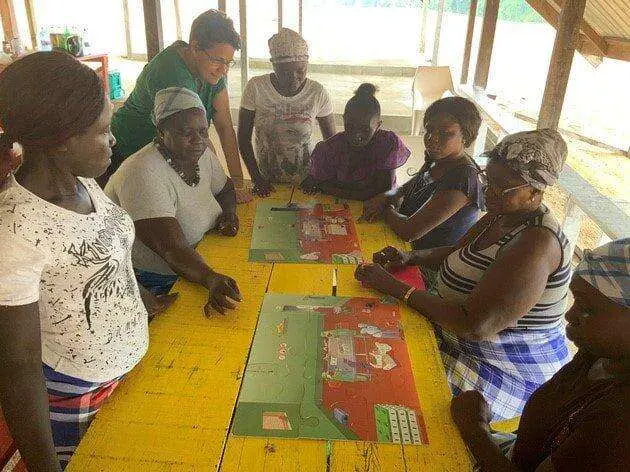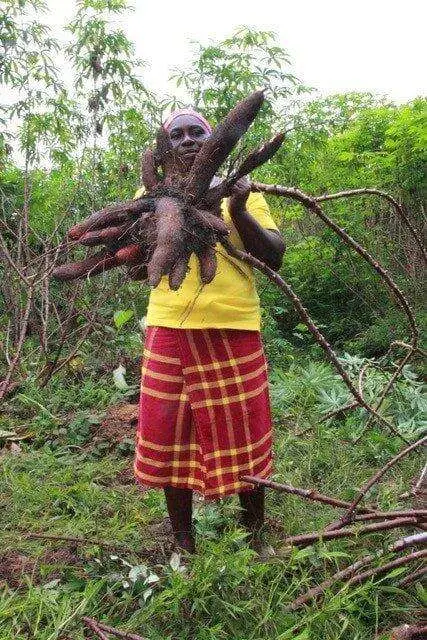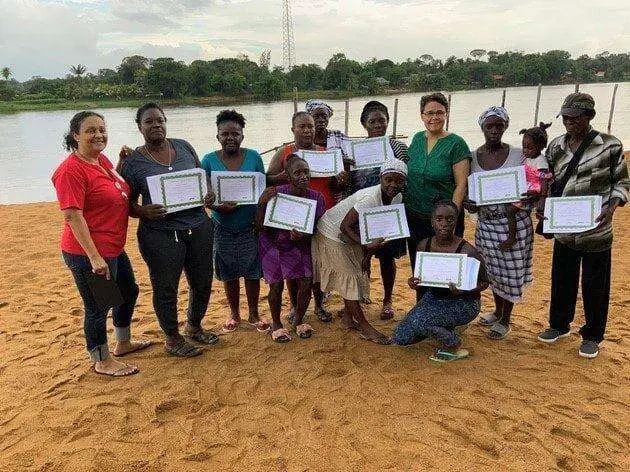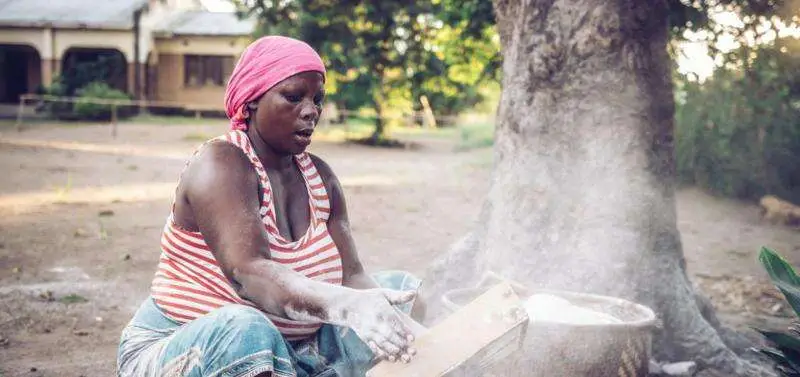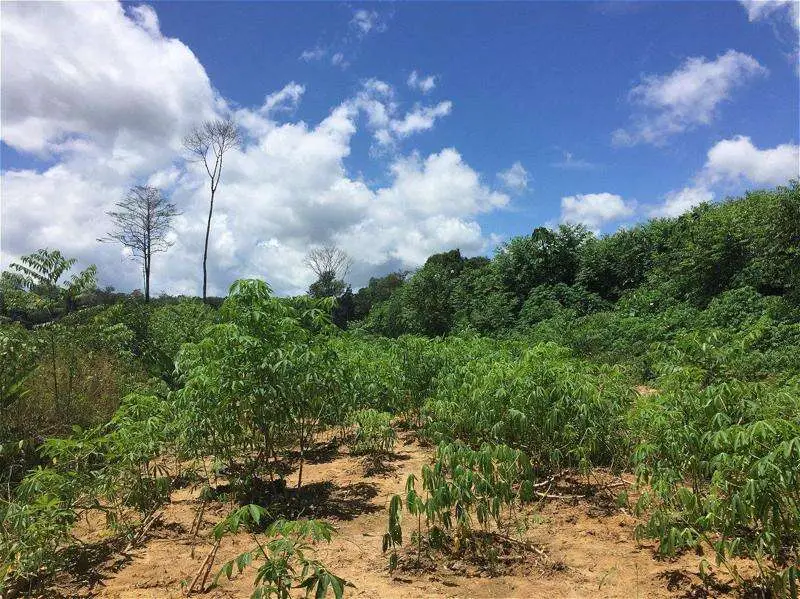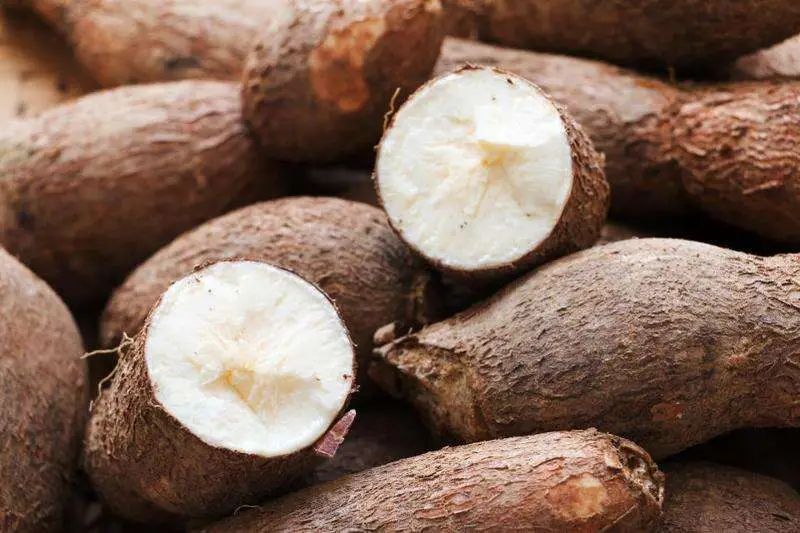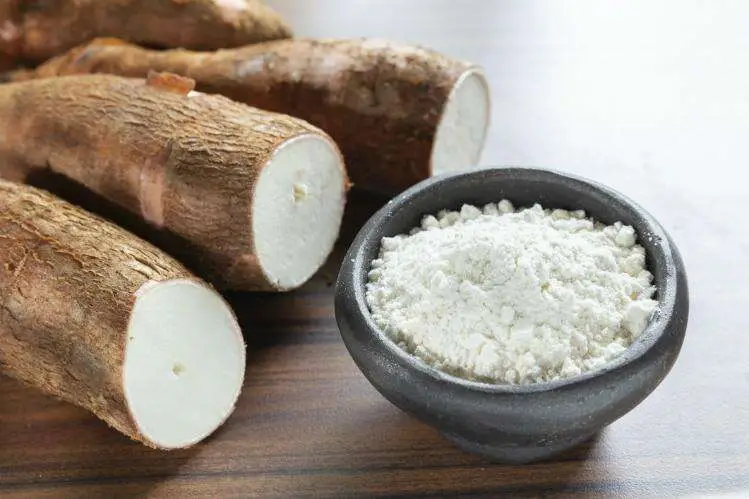
Surinamese women tap into cassava’s enormous food security potential
Taking a stroll through the village of Kapasikele, by the sandy banks of the Suriname River, on a relentlessly sunny afternoon, you may be struck by the fact that almost everyone you encounter will be a woman or a child.
Like many places in the interior of Suriname, Kapasikele a place where a large proportion of the men spend most of their time away from the village, often working in the informal mining sector, while most of the women stay behind, making ends meet through farming or other traditional activities, while also running their households.
And yet, in this Maroon village in the Brokopondo District, the women
have a plan to take their agricultural production to the next level,
and to leverage the knowledge gained over years of producing cassava to
tap into the tuberous root’s global value chain.
Through their association with the female agricultural cooperative,
Wi! Uma Fu Sranan, these women and others in villages across Suriname
are taking part in an Inter-American Development (IDB) project supported
by the Japanese Social Fund to increase the quality, quantity, and
commercialization opportunities of the cassava crop for female farmers,
producers and marketers.
“For the women of Wi! Uma Fu Sranan, the journey of learning about a
value chain, the importance of a well- structured value chain and being
part of the development and strengthening of this chain is truly a
blessing,” said Tania Lieuw-a-Soe, founder of the cooperative.
Lieuw-a-Soe’s sentiment is echoed by a participant in one of the training sessions, Vera Pinas, who offers her testimonial:
“Today, I want to tell you something, I am a 46-year-old woman and
already working for 27 years, never before have I received a piece of
paper in my hand, this paper which is called certificate and can be seen
as a diploma”.
Specifically, the IDB project supports training activities for the
women of Kapasikele to improve their processes and meet market quality
standards. In total, 700 women from Kapasikele and other villages will
be trained in good agricultural practices, including the use of modern
technologies with an integrated crop processing model that coordinates
variety selection, planting density, and mechanization, among other
operations.
Armed with this certification, the women will seek to export their
cassava, either in its natural state, or as an intermediate input to
cassava-based products such as cassava bread or cassava porridge, which
are exported to Surinamese diaspora market in places such as the
Netherlands and the United States.
Cassava is indigenous to the Latin American and Caribbean region, and
its starchy tubers are often consumed boiled, roasted or fried,
although they can also be processed and used as flour, tapioca,
confectionary, starch and animal feed, among other uses.
It is naturally gluten-free, with a relatively high starch content,
and is a source of Vitamin C and several B vitamins, as well as other
minerals such as magnesium, zinc, calcium and iron.
While cassava is the fourth most important staple food in Suriname,
after rice, wheat and plantain, it is the main food security crop for
the Amerindian and Maroon communities, especially in remote areas.
Cassava cultivation and processing provides an opportunity for
income-generation for women in the interior of Suriname, where the crop
is grown and processed following local cultural traditions.
